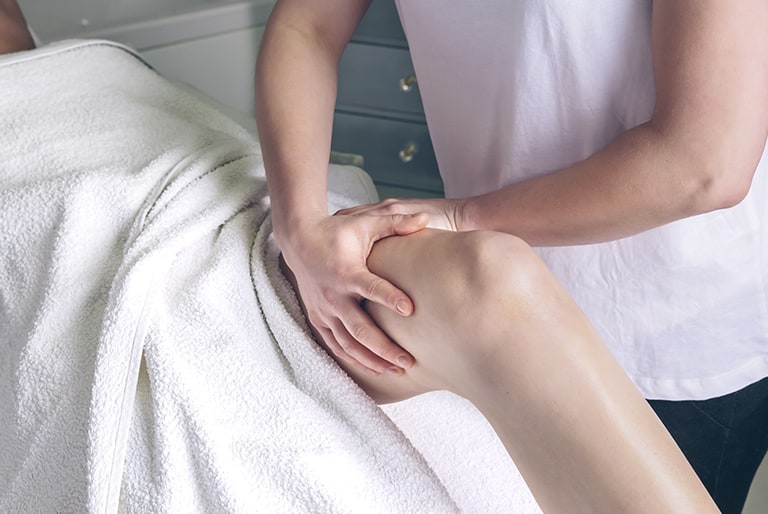Removing varicose veins – these methods exist
In years gone by, pulling varicose veins out was the only method for getting rid of the unsightly varices. But now there are other procedures for having your varicose veins removed. Here is an overview!

How can I have varicose veins removed?
Nowadays, removing varicose veins hardly has anything to do with actually removing the expanded veins from your leg. Earlier, the traditional method was pulling the varices out, which is often still the preferred method today. In the meantime, other methods have proven themselves in which the varicose veins remain in your leg, but are however shut down. Here is an overview:
- Vein stripping: stripping is the renowned varicose vein operation in which the vein is pulled out of your leg through two small incisions. In partial stripping, as the name suggests, the doctor does not remove the complete vein, but only a part of it.
- Sclerotherapy: sclerotherapy refers to the obliteration of varicose veins. It entails a sclerosing agent being introduced into the vein through a probe and instigates a targeted vein inflammation. The walls of the vein then stick together and the varicose vein is eradicated. Sclerotherapy is also used for removing spider veins.
- Thermal procedures: laser therapy and radiofrequency therapy are thermal procedures which achieve success through heat. The walls of your veins shrink together and stick due to the thermal energy which is transmitted via a catheter.
- CHIVA method: the CHIVA method is increasingly used for slightly pronounced varicose veins. In the operation, the doctor simply ties up the affected veins at different points. The varicose vein gradually regresses on its own.
Which procedure is suitable in each individual case is dependent on which parts of the venous system are affected and how pronounced the venous disorder is. The cost factor also plays a role. Because not every method will be covered by the health insurance fund. For four to six weeks after the operation, the patient has to wear compression stockings.
Unfortunately, the removal of varicose veins is not a guarantee for the permanent elimination of the venous disorder. Because varices can form again at another location after the operation.
Which method is best for varicose veins?
Varicose veins are not the same with everybody. They are different in size, shape and location in your venous system. That is why it is not possible to make a general statement on which method is best. Because that is what the phlebologist decides depending on the diagnosis. In general, the modern procedures for removing varicose veins with lasers or radiofrequency are very gentle and associated with few complications. They can be carried out as an outpatient. Usually, patients are back to work just a few days after the operation. Sclerotherapy is also mainly well tolerated by patients. Ask the doctor treating you to explain in detail the benefits and drawbacks of each individual procedure.
Where can I have varicose veins removed?
If your health insurance fund does not bear the cost, try to find out if a service package can be arranged with another hospital. The insurers work closely with special doctors and agree special services, in particular for the modern procedures.
Is removing varicose veins dangerous?
As with every operation under anaesthetic, removing varicose veins also entails a certain risk, which nowadays is very small thanks to the gentle procedures and the good aftercare. However, the following symptoms can appear:
- Vein thrombosis:
- Bleeding
- Haematomas
- Feeling of tightness in the legs
- Infection of the wound
- Damage to other blood vessels, to the lymphatic channels, the nerves or the surrounding muscles in the legs
- Intolerance of medicines
Tell your doctor in advance of any existing diseases and any medicines you are taking. Some diseases can be a risk factor, which your doctor most definitely must know about. Follow the advice of your doctor exactly, including before the operation, in order to minimise the possibility of complications.


